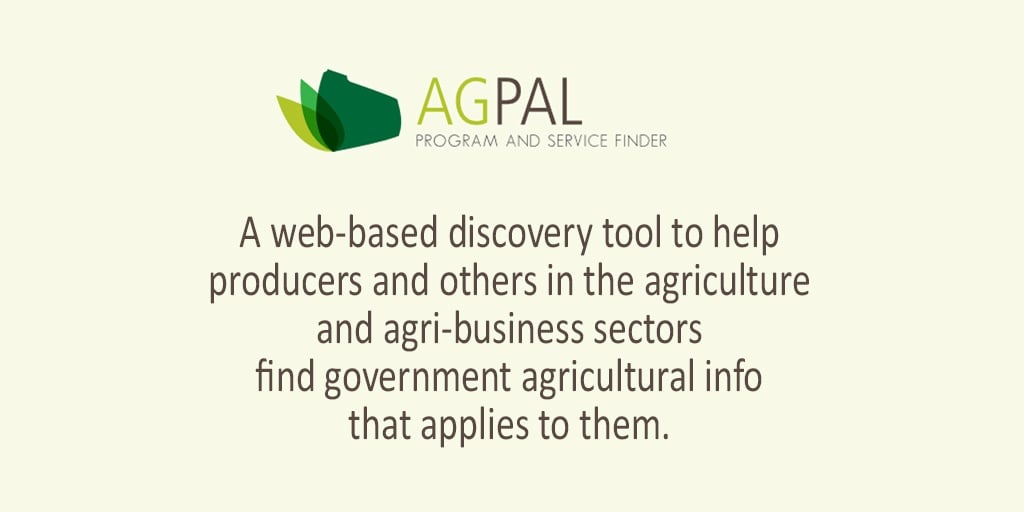Construction is an ever-relevant industry that is constantly evolving. As market demands change, construction professionals adjust their best practices and tools to best meet the needs of their clients. But sometimes technology itself leads the way.
“There’s a lot of buzz these days about drones, 3D printing and robots,” Mike Kavis writes in Forbes. “It’s easy to brush these technologies off as fads or luxuries until you understand some of the use cases that are being applied by integrating these emerging technologies. As each one matures, we are getting much closer to a world where structures can be built completely automated and unmanned.”
While these smart technologies may seem like the works of SciFi movies and futuristic daydreams, we are closer than ever to full implementation of these tools. And for good reason. Much of the latest construction technology is aimed at safety and efficiency. Some of the best industry trends will eventually turn into best practices, building a more sustainable and efficient construction industry for the future.
Construction Safety: A Driver Of Technology
For nearly all of contemporary history, construction has remained one of the most deadly professions in the United States. The Bureau of Labor Statistics found in their Census of Fatal Occupational Injuries report that there were 937 construction worker deaths in 2015.

And many of these fatalities could have been prevented.
The latest construction inventions can help reduce these dangers. With smart technology, crews can reduce human participation in dangerous inspection and other tasks. This could ensure that the human workers are entering a site only when it is safe to do so, reducing the likelihood of accidents. And then the technology can record this for future reference.
“Inspection recording has always been a good way of helping with the safety of construction sites,” according to Construction Review Online. “Being sure that everything is up to par is key to safety. Technology can specifically help out the inspection recording process in a few different ways. It improves inspectors’ reports through mobile access to project information and provides the full project team instant access to the most up-to-date project data.”
This streamlining of data collection can also save companies money. In fact, the World Economic Forum reports that these new technologies could reduce lifecycle costs of a project by 20%. They will also improve completion time and quality, adding to the prospects of this industry disruption.

“The construction industry is being disrupted and we are still in the very early stages,” Kavis writes. “The rates of innovation in a number of technologies have enabled pioneers in the construction industry to leverage technology to radically change business models for erecting large buildings and structures.”
As these machines go through development, testing, and implementation, we could see a massive shift in the way we view construction safety and efficiency.
6 Pieces Of Tech Enhancing The Construction Industry
So, what exactly are these groundbreaking technologies? While each sector of the industry is developing its own set of impressive gadgets, big and small, there are some that stand out. The following are some of the most significant pieces of tech currently emerging in the construction field.
1.Backup Cameras

As construction vehicles and other pieces of heavy equipment move around a site, it can be difficult for the operator to spot crew members in harm’s way. This makes being struck by vehicles, heavy equipment, and other objects the second leading cause of death among construction workers.Backup cameras can dramatically reduce this risk. In fact, these small additions provide a 115-degree view behind the vehicle. And as the vehicle moves, the camera records. This provides a concrete piece of evidence in the event of an accident, increasing driver accountability and eliminating reliance on eyewitness accounts.

2. Drones
 These flying pieces of tech have taken several industries by storm, offering a bird’s eye view while humans remain safely on the ground. While drones offer stunning images and interesting news footage, they also have useful construction applications. Construction managers can implement this technology to inspect a job site from above, spotting potential hazards and monitoring workers.
These flying pieces of tech have taken several industries by storm, offering a bird’s eye view while humans remain safely on the ground. While drones offer stunning images and interesting news footage, they also have useful construction applications. Construction managers can implement this technology to inspect a job site from above, spotting potential hazards and monitoring workers.

This potential has increased the demand for drones in construction and other industries. In fact, a new global report predicts that the demand for these flying wonders in real estate and construction will reach $20.5 billion between 2017 and 2025.
3. Wearables

When it comes to worker safety, clothing plays a significant role. With effective safety clothing and wearables, a worker can be as visible and protected as possible. OSHA identifies the most common causes of injuries and fatalities as four categories: falls, struck-by, electrocution, and caught-in/between.

As industry professionals develop more effective wearables, workers can avoid these accidents. These can include more durable safety vests, custom reflective jackets, hard hats with sensor integration, and wearable GPS systems. These pieces of wearable tech can help workers avoid accidents and can help managers react quickly to remove an employee from a situation.
4. Mobile Apps
Construction? There’s an app for that. Mobile technology has made construction communication and record keeping much simpler than ever before. Tablets and WiFi are becoming more popular on construction sites. Cloud computing also has a growing role in keeping track of important documents.Construction logistics include estimates, invoices, equipment purchasing, design, and data collection from some of the new technologies mentioned above. Mobile apps create an organized place where construction staff and managers can access essential information quickly.
5. Autonomous Tech

Autonomous vehicles and heavy machinery can perform dangerous work without workers being on the ground, as would remote controlled machinery. Companies such as Komatsu and Caterpillar have already developed these technologies, keeping workers out of harm’s way while still getting these dangerous jobs done. Shipping ports around the world are already investing heavily in this tech.

One team in Australia is currently putting these tools into practice. They have 69 autonomous dump trucks on the ground that use GPS technology. A human driver controls the trucks, which reach their destinations more quickly and use less fuel than trucks with human drivers.
6. Virtual Reality
Imagine stepping inside your own design to truly explore its flaws and potential. This takes 3D modeling to a whole new level, allowing architects, engineers, and developers to create their vision on a computer before putting on VR glasses to truly investigate the design.
This technique can be especially useful for highly complex projects, as it allows teams to find errors in the design before construction even begins. This can increase safety and make the building process more efficient. And for construction crews on site, they can use virtual reality helmets to see what they are building as they go.
Yes, the future is here. With the implementation of the above technology, in addition to those that have not even been invented yet, we will see a complete revolution of a time-old industry. From wearable tech to virtual reality, these technologies have the potential to open up a multi-industry solution.
“It’s probably going to take people from outside the construction community, who think completely different than ones who’ve been doing it, and look at the process without any of the hardwired thinking that people who’ve been in the sector can’t help but revert to, and imagine ways of solving problems very differently and generating greater value,” AOL founder and venture capitalist Steve Case said, according to Builder.
This development will involve web developers, construction managers, designers, inventors, and more to create useful and compelling products for a better future. But it will need to be a collaborative process for these technologies to truly take hold in the long run.
By taking this innovation seriously and recruiting the right talent, construction can become a safer and more productive industry with high growth potential. And as with many groundbreaking inventions, it all starts with brilliant ideas that fill a genuine need. From there, construction can continue to drive development for future generations.
Source By Brian Zinkel



